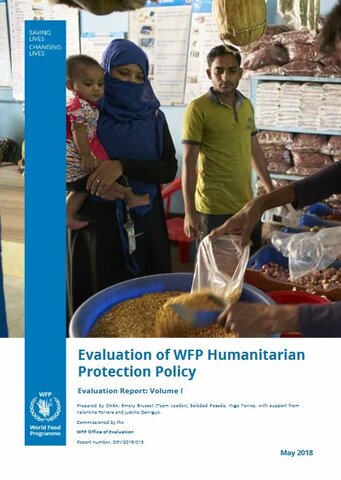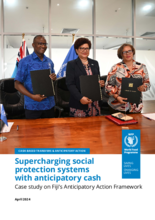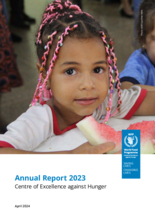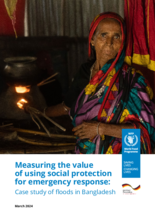
The evaluation found that while the policy lacked a specific vision, it was well-grounded in international discourse on humanitarian protection. Developing the policy helped WFP to increase sensitivity to protection, and encouraged the development of related strategies. However, ambiguities in the policy ultimately led to an inadequate consideration of broader protection risks, and hampered the translation of norms into practice.
Corporate reporting on protection has improved, but indicators are still too narrow to inform programmes about specific protection issues. Progress in the six policy directions was uneven, with greater advancements in internal capacity development than in other areas such as the management of partnerships and protection related information.
Factors affecting implementation included lack of leadership and corporate prioritization of policy implementation; limited investment in meeting protection needs in the increasing number of complex operations; a diffuse normative framework with multiple policies relating to protection; and active participation in protection clusters but limited use of partnerships to implement protection approaches.
The six recommendations deriving from the evaluation call for the development of a new protection policy; the integration of protection considerations into corporate risk management; the strategic use of partnerships to achieve protection aims; strengthened staff capacities; strengthened analyses of contexts and protection issues; and a new strategy for engagement with affected populations and vulnerable groups.



